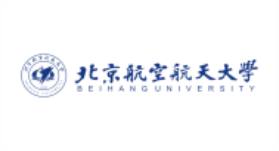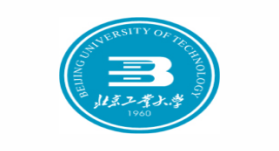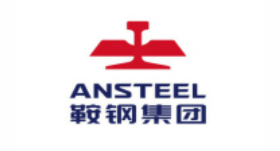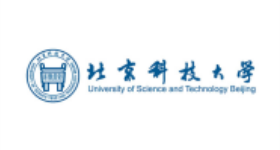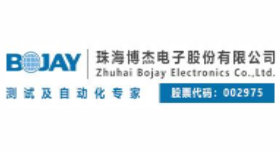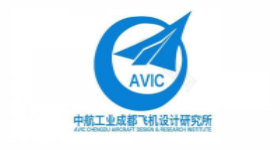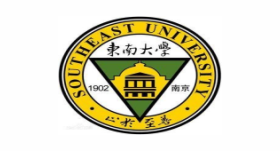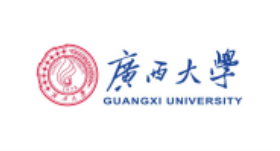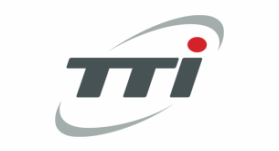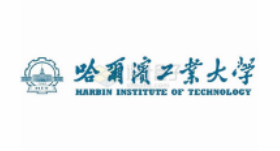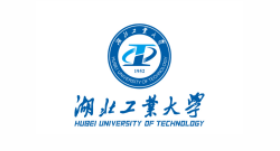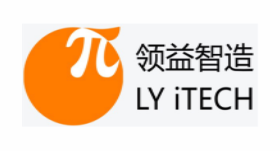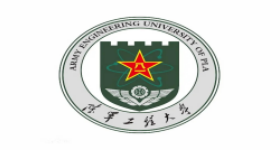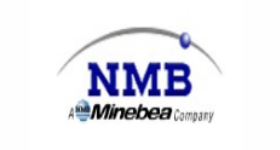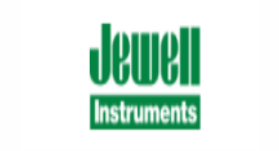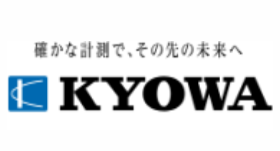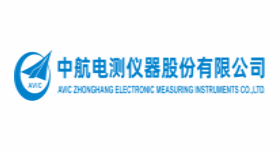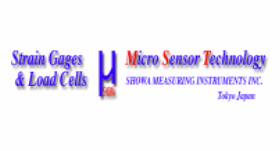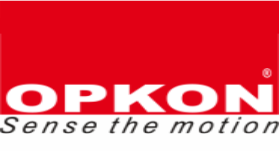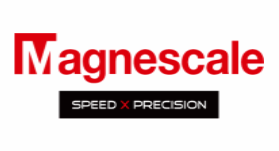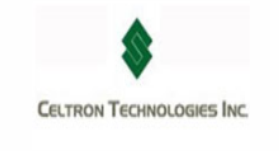Pressure sensor
Among various types of sensors, pressure sensors have the advantages of small size, light weight, high sensitivity, stability and reliability, low cost, and easy integration. They can be widely used in the measurement and control of pressure, height, acceleration, flow rate and velocity of liquids, liquid level, and pressure. Besides, they are also widely applied in water conservancy, geology, meteorology, chemical engineering, medical and health care, and other fields. Due to the combination of planar technology and three-dimensional processing, and the ease of integration, they can be used to make blood pressure monitors, anemometers, water speed meters, pressure gauges, electronic scales, and automatic alarm devices, etc. Pressure sensors have become the most mature, stable in performance, and cost-effective type of sensor among all types of sensors. Therefore, for technicians engaged in modern measurement and automatic control, it is necessary to understand and be familiar with the development history and trend of pressure sensors. The development history of pressure sensors: Modern pressure sensors are marked by the invention of semiconductor sensors, and the development of semiconductor sensors can be divided into four stages: 1. Invention stage (1945-1960)
This stage was mainly marked by the invention of the bipolar transistor in 1947. Since then, this property of semiconductor materials has been widely applied. In 1945, C.S. Smith discovered the piezoresistive effect of silicon and germanium, that is, when an external force acts on the semiconductor material, its resistance will change significantly. The pressure sensor made based on this principle is to stick the strain resistance sheet on the metal film, that is, to convert the force signal into an electrical signal for measurement. The minimum size at this stage was approximately 1 cm. 2. Development stage (1960-1970)
With the development of silicon diffusion technology, technicians directly diffuse strain resistors on the (001) or (110) crystal planes of silicon in the appropriate crystal direction, and then process the back into a concave shape to form a thin silicon elastic diaphragm, known as a silicon cup. This form of silicon cup sensor has the advantages of small size, light weight, high sensitivity, good stability, low cost, and easy integration. It realizes the metal-silicon eutectic, providing the possibility for commercial development.
3. Commercialization Stage (1970 - 1980)
Based on the diffusion theory of silicon cups, the anisotropic etching technology of silicon was applied. The processing technology of diffusion silicon sensors mainly relies on the anisotropic etching technology of silicon, and has developed into a silicon anisotropic processing technology that can automatically control the thickness of the silicon membrane. The main methods include V-groove method, automatic stop method of concentrated boron, automatic stop method of anodic oxidation, and automatic stop method of microcomputer control. Due to the ability to etch on multiple surfaces simultaneously, thousands of silicon pressure membranes can be produced at the same time, achieving an integrated factory processing mode and further reducing costs.
4. Micro-machining stage (1980 - present)
The nanotechnology that emerged at the end of the last century made micro-machining processes possible. Through these processes, computer-controlled structural pressure sensors can be fabricated with dimensions controlled within the micrometer range. This technology enables the processing and etching of micrometer-scale grooves, strips, and films, thus bringing pressure sensors into the micrometer era.
The development trends of pressure sensors Nowadays, the research field of pressure sensors in countries around the world is very extensive, almost penetrating into all walks of life. However, they can be summarized into the following main trends:
Miniaturization
At present, the market demand for small pressure sensors is increasing. These small sensors can operate in extremely harsh environments, require little maintenance and upkeep, have minimal impact on the surrounding environment, and can be placed in various vital organs of the human body to collect data without affecting people's normal lives.
2. Integration
Pressure sensors are increasingly being integrated with other measurement sensors to form measurement and control systems. Integrated systems can enhance operational speed and efficiency in process control and factory automation.
3. Intelligence
Due to the emergence of integration, some microprocessors can be added in integrated circuits, enabling sensors to have functions such as automatic compensation, communication, self-diagnosis, and logical judgment.
4. Generalization
Another development trend of pressure sensors is that they are expanding from the mechanical industry to other fields, such as automotive components, medical instruments and energy and environmental control systems.

